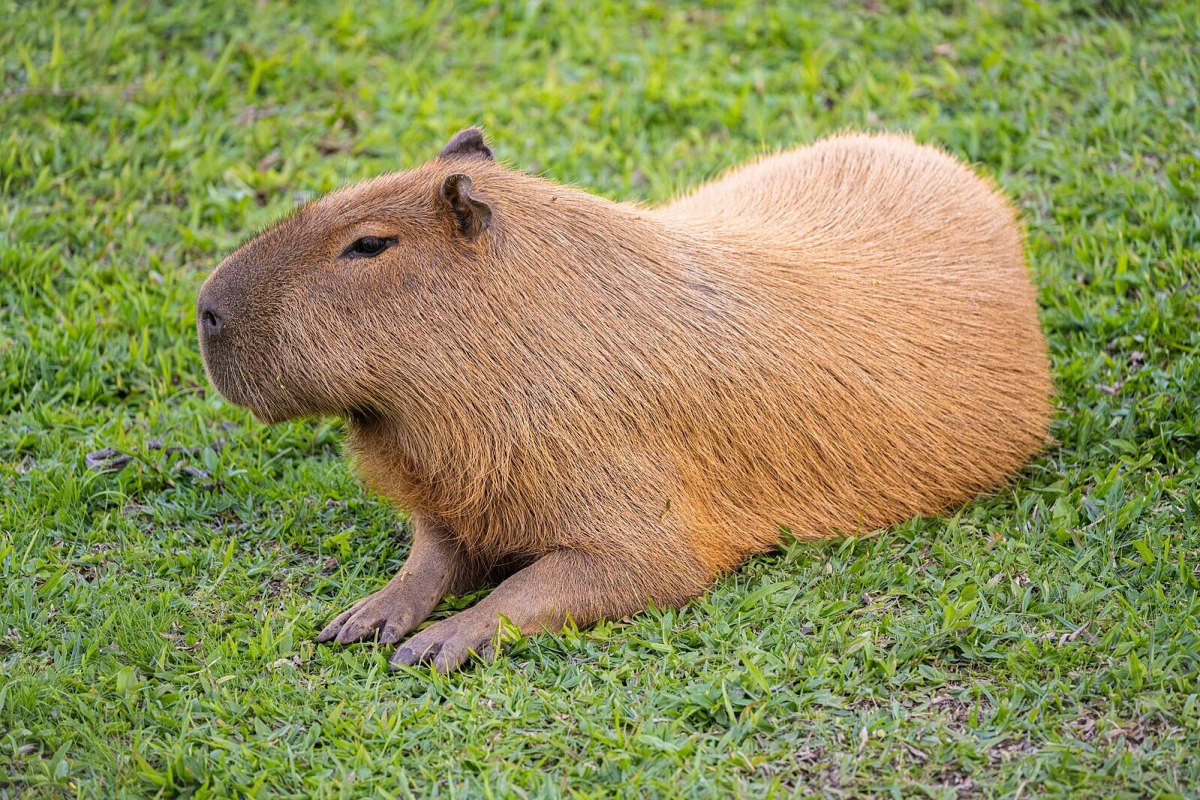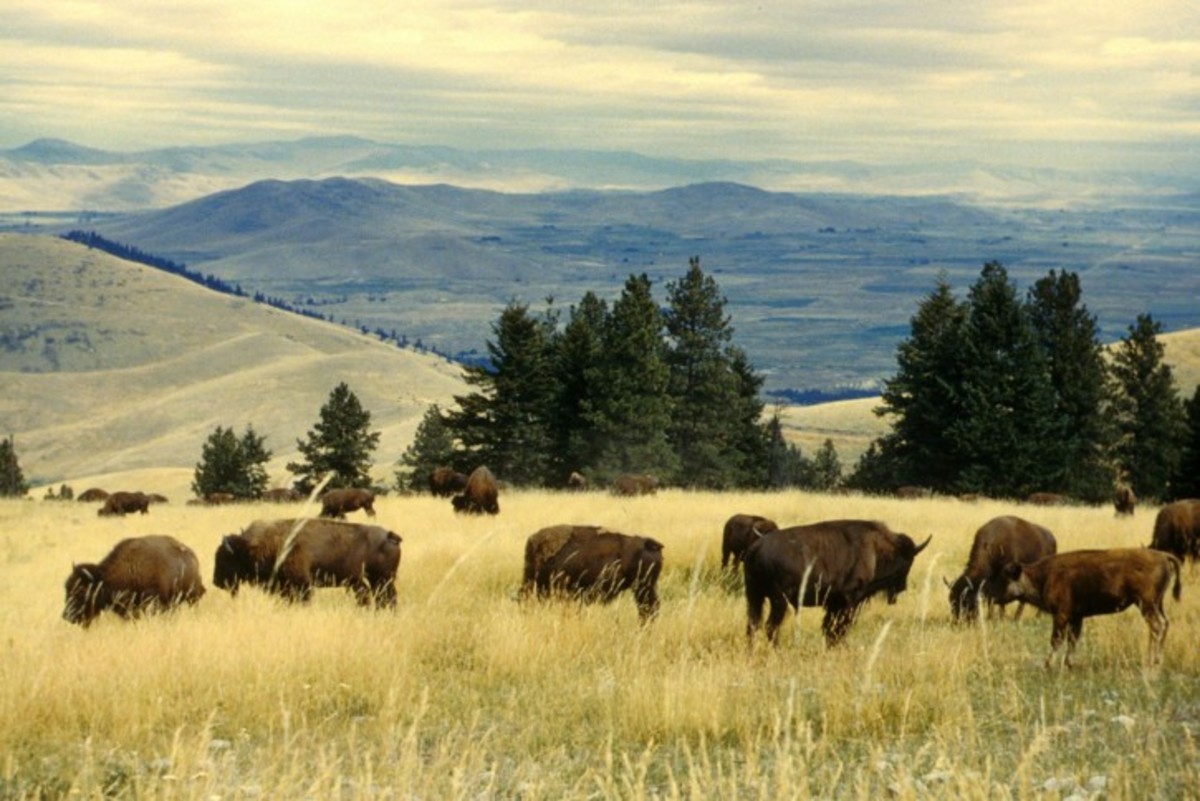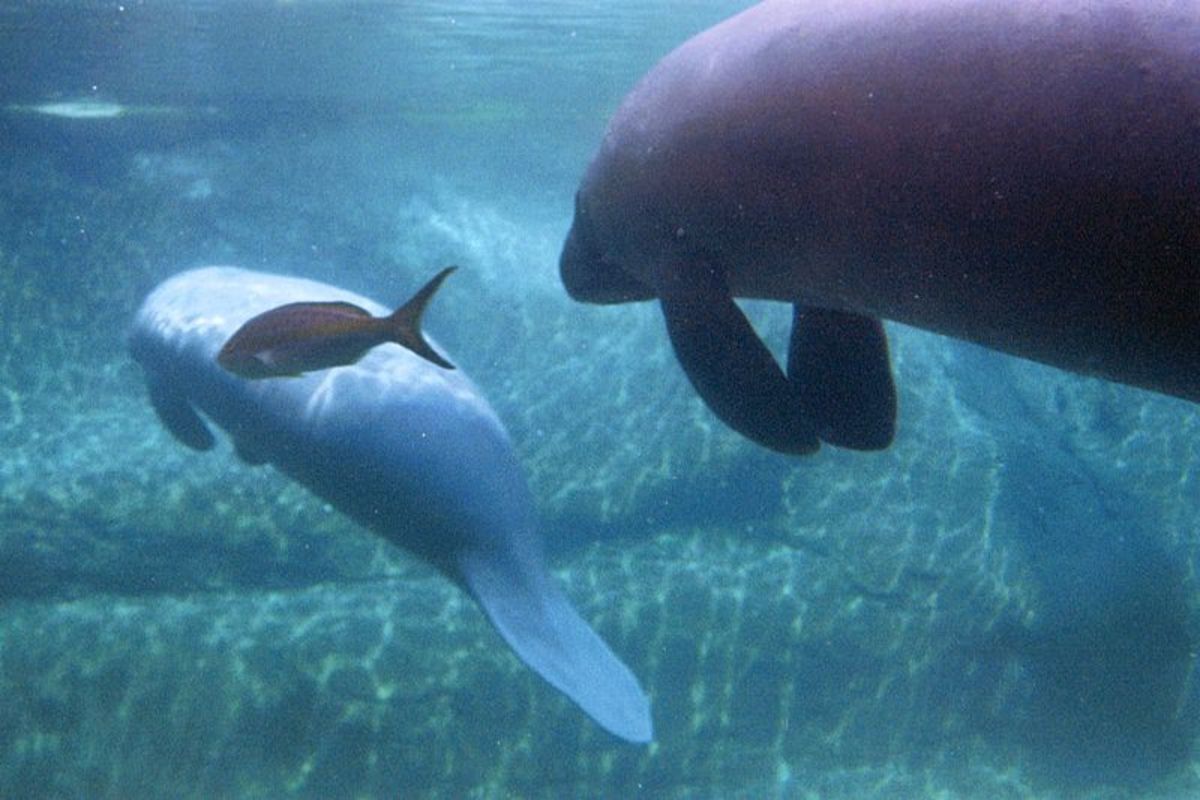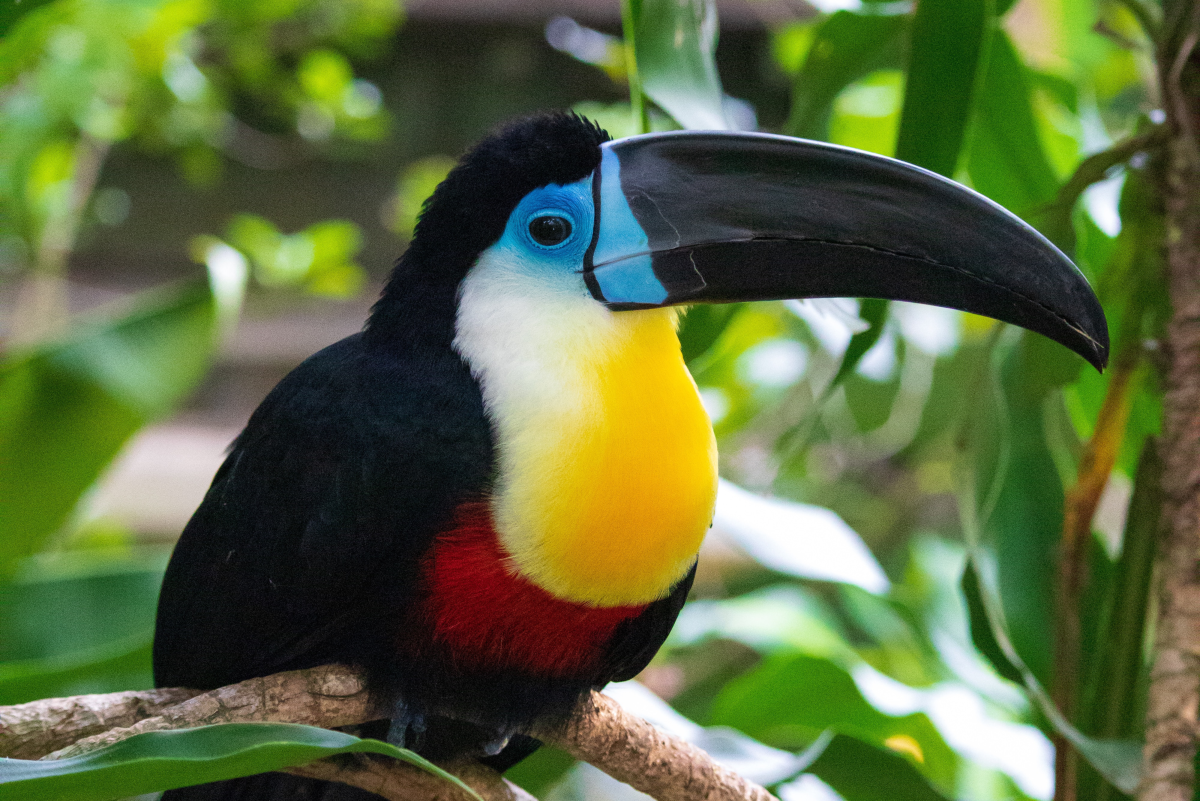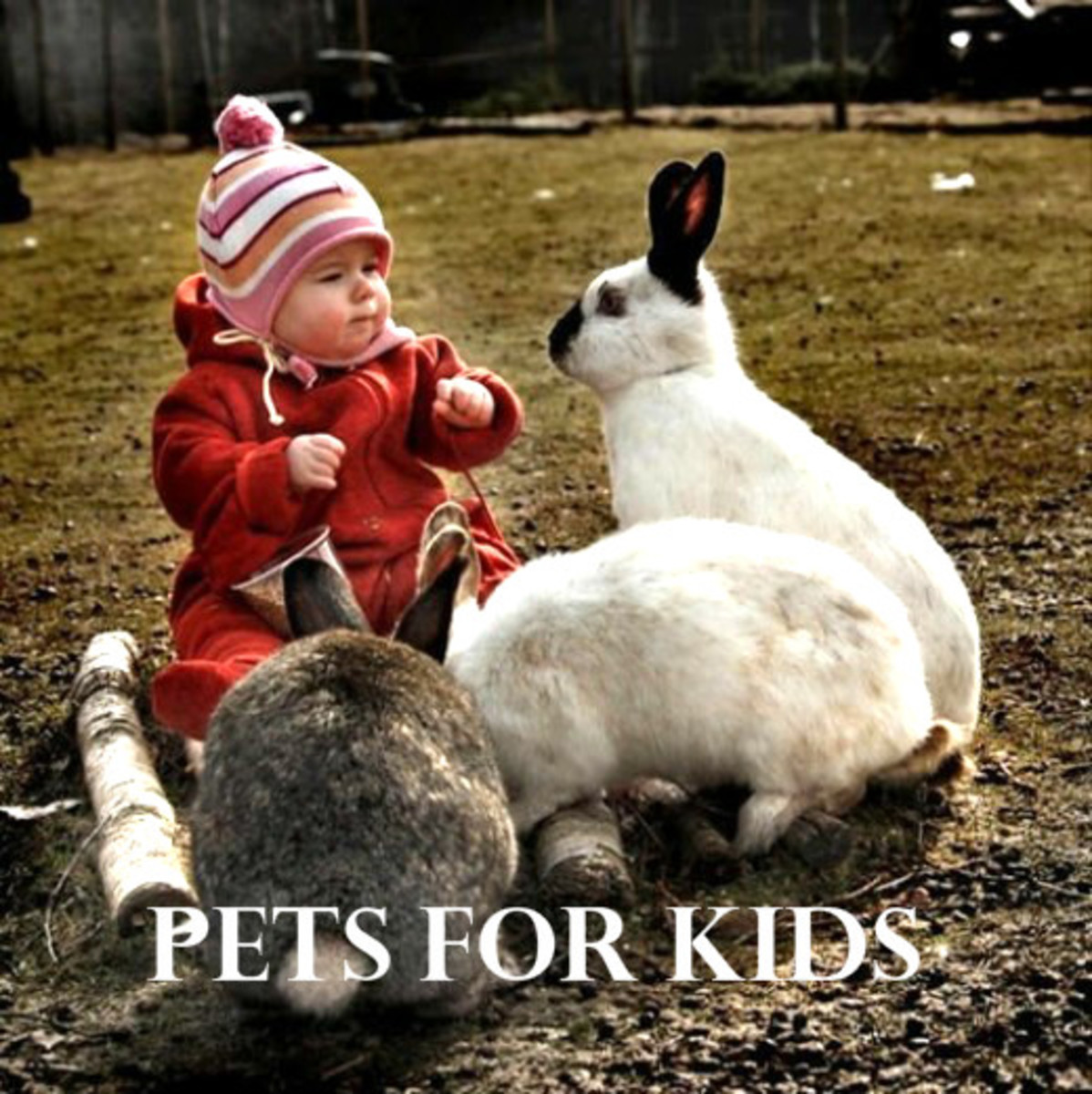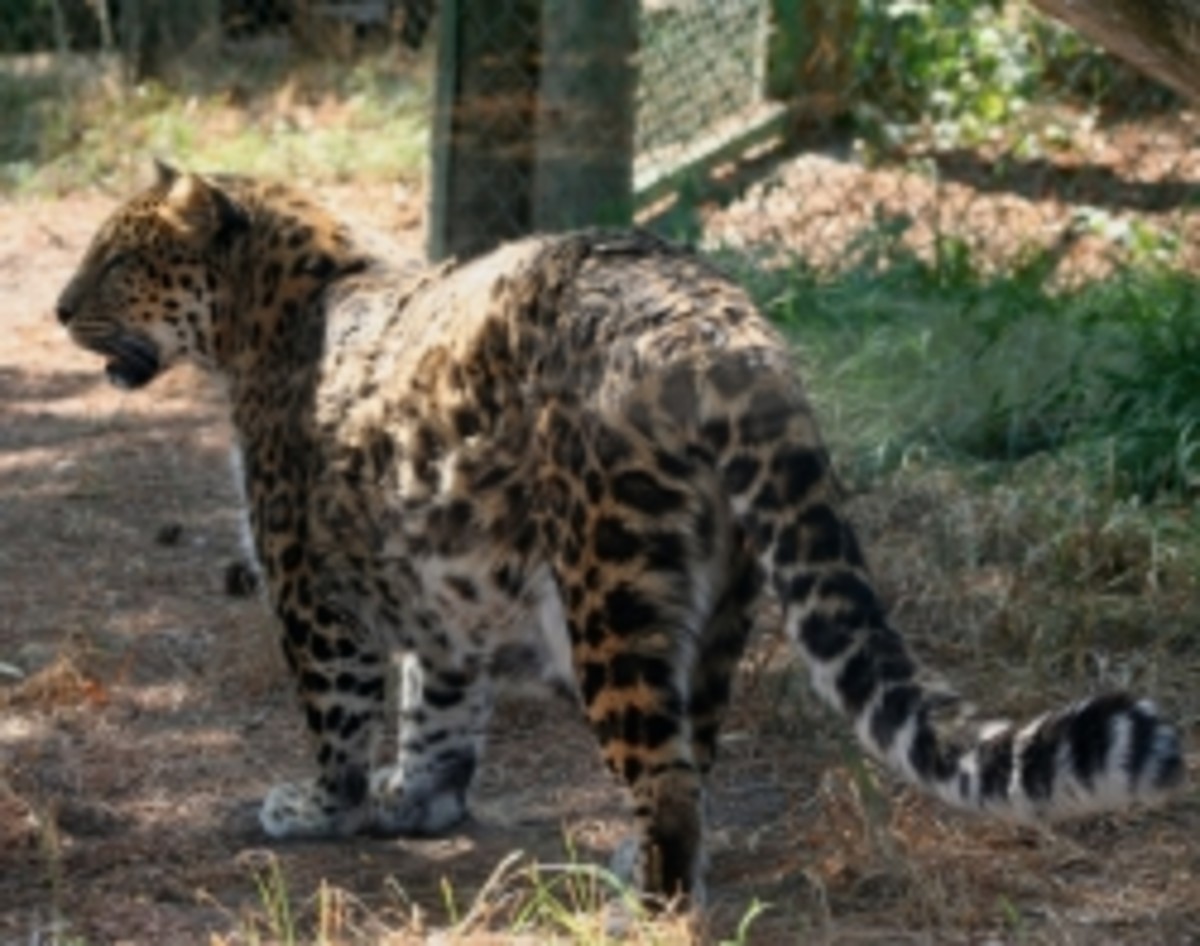It's Bison, not Buffalo! - The American Bison

An Endangered Species Success Story of the American Bison
Nothing is more symbolic of America more than the American Bison (well, maybe the bald eagle, too). These large, intimidating creatures were once on the verge of extinction until they were reintroduced into Yellowstone National Park and on Elk Island in Alberta, Canada. Bison are commonly called "buffalo" by many, however, they are technically bison.
Some of these excellent photos provided by Wallpaper by Design

Why Not Buffalo?
The common misnomer of the bison
Buffalo was the term bestowed upon the mighty beast when Europeans first gazed upon them. They most resembled the African and Asian Water Buffalo they were used to seeing across the Atlantic, so the misnomer stuck. While they are related, they are more closely related to the European Bison, or wisent.
Right: An African Buffalo Bull. Photographed at Mabula Game Reserve, South Africa, 2004 by Paul M Rae.

On the Verge of Extinction...
A once VERY endangered species
Around 1800, it was estimated that there were 40 million bison in the United States. By 1900, there were less than six hundred left in North America. The vast majority of these bison were killed in the 1800s for leather goods and to deplete the food source of the Native Americans, ensuring their extinction. As few as 50 were saved by some conservationists. All of the bison you see today are descendents of these 50 or so buffalo.
- NASA helps out the Bison
NASA helps the Bison in Yellowstone. How? From space, of course! - Adopt a Bison!
Have you "herd"? When you adopt a bison (also known as buffalo), you'll not only be giving a great gift to yourself or that special wildlife lover in your life, but you'll also be supporting the work to restore bison to its rightful place on the Amer - Bison in Yellowstone
Bison are the largest mammals in Yellowstone National Park. They are strictly vegetarian, a grazer of grasslands and sedges in the meadows, the foothills, and even the high-elevation, forested plateaus of Yellowstone.
Bison Fact:
At the end of the 1800's, the numbers in the last Yellowstone Bison herd were as low as 23. Due to the Endangered Species Act, these numbers have increased to around 3500 in the park today!
Have you ever seen a Bison in person?

The Big Comeback
Bison are back, baby!
Due to the preservation efforts of conservationists and private ranchers starting in 1899, the Bison's numbers rebounded. However, these Bison were privately owned. Most of these Bison were sent to Elk Island National Park in Canada to be reintroduced in 1907.
Another small group of Bison, the only wild American Bison left in the world, managed to evade capture and hunting in the Pelican Valley of Yellowstone National Park. The numbers in this herd were as low as 23. Due to the Endangered Species Act, these numbers have increased to around 3500 in the park today and 350,000 total. This is a huge comeback compared to the single digit numbers of the early 1900s.
Buffalo, I mean Bison, on YouTube
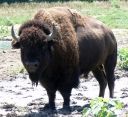
What Do Bison Look Like?
The appearance of the rugged American Bison
Bison have a large, dark brown, thick winter coat, replaced with a lighter brown summer coat. On the average, they are a 6 feet tall, 10 feet long, and around 900 pounds! American Bison are known for their characteristically large head with bull horns, which are found on both sexes. Bison live usually around 15 years.
Bison mate at the end of summer in August and September. The calves are born in the spring after, a reddish brown color. These calves will be nearly full grown at 3 years of age.
More History of the Bison...

Bison Grazing in Yellowstone
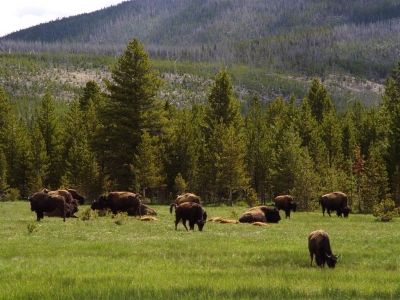
Visit the author of this page on Tumblr!

